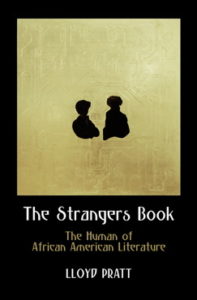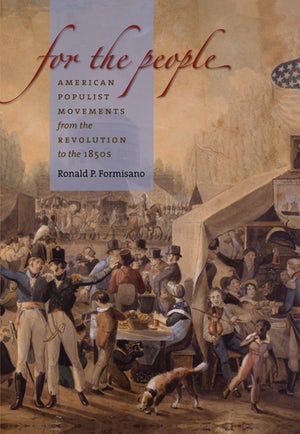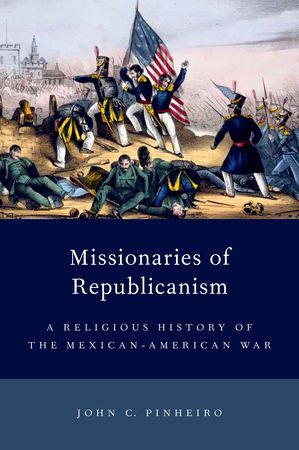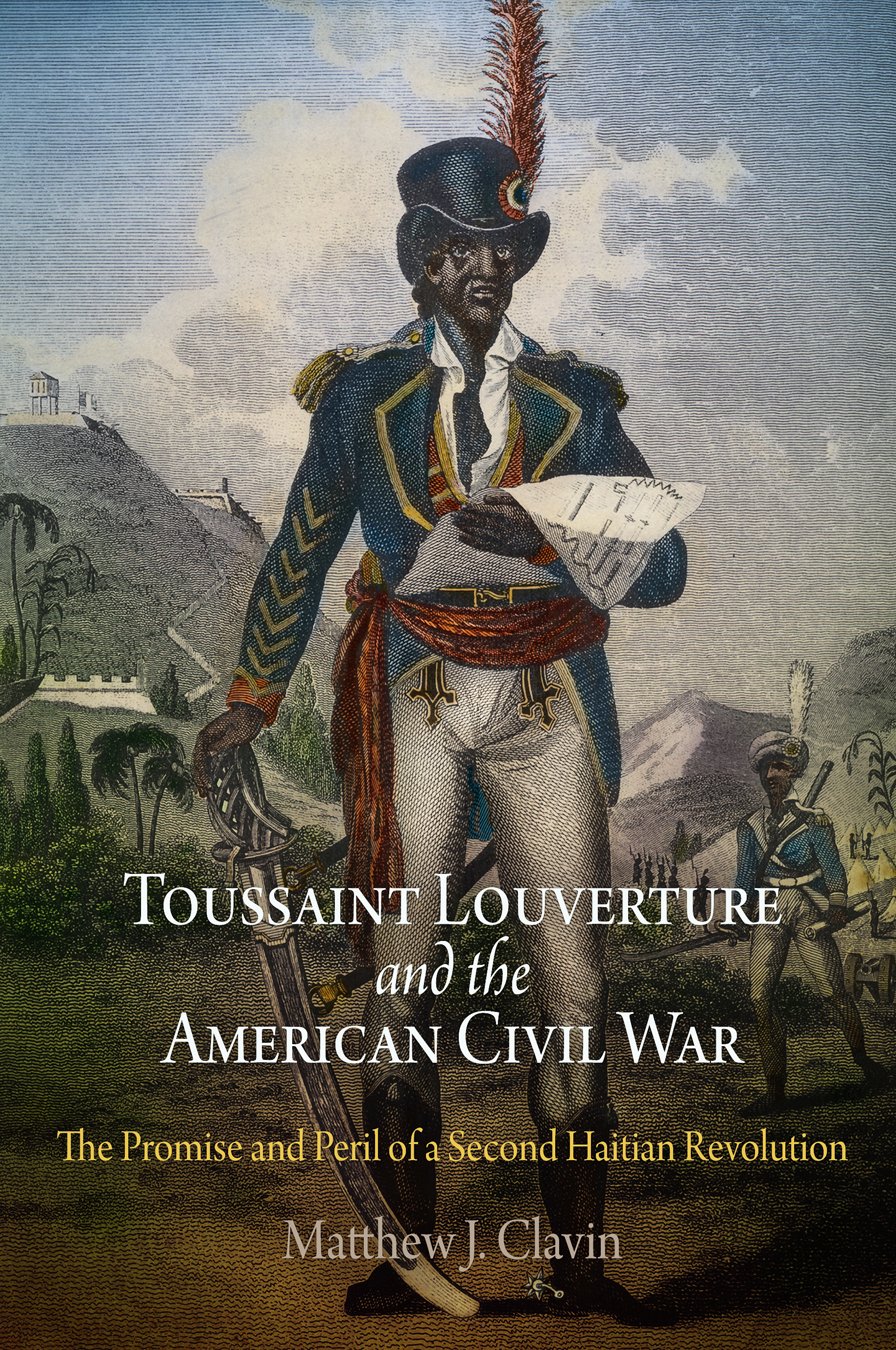In his 2008 essay “After Man,” Alexander Weheliye sets as his task a rigorous consideration of this question: “What different modalities of the human come to light if we do not take the liberal humanist figure of ‘man’ as the master-subject but focus on how humanity has been imagined and lived by those subjects excluded from this domain?” Lloyd Pratt’s new work, The Strangers Book: The Human of African American Literature, answers this question in vital and revelatory ways. Forgoing the discrete literature review, Pratt deftly weaves the critical history of African American literary studies throughout his argument, reshaping longstanding debates centered on the role of evidence and African American agency in the face of the formal constraints endemic to early African American print culture. Setting aside the well-worn argument that the raison d’être for antebellum African American writing was to use “print to secure recognition of [African American] humanity,” Pratt notes that “these writers had other things on their minds than simply proving to white people that they were human” (5). Attending to “the forms and institutional contexts” that characterized antebellum African American men’s writing, Pratt identifies a political-aesthetic project that he terms “stranger humanism”: a redefinition of the human founded on difference rather than similarity or commonality.
As a political-aesthetic philosophy tied to pragmatic political organizing, stranger humanism deliberately refuses the racialized notion of the human as a fixed category characterized by arrival or exclusion most often expressed in terms of the liberal individual. Pratt attends to the intersection of nineteenth-century debates over strangerhood (often centered on the Biblical account of the stranger in Leviticus) and contemporary debates over the human (including those advanced by Weheliye, Sylvia Wynter, Anthony Bogues, Soyica Diggs Colbert, and Nancy Fraser, among others), as well as the rich literary history of the figure of “the stranger.” Doing so allows Pratt to show how African American men’s writing in the antebellum era constitutes an alternative humanism governed by its own rules of engagement, most fundamentally “never to mistake another’s request for solidarity, for aid, or for witness as an invitation to remake or displace her or him” (2). Pratt’s archive is broad, though two main bodies of writing form the cornerstone of his argument: Frederick Douglass’s writing—particularly the flashpoint of his 1845 Narrative—and what is acknowledged to be the first anthology of African American literature: a collection of French poetry by free men of color in New Orleans, entitled Les Cenelles: Choix de poesies indigenes, published in the same year.
To convey the open-ended, active nature of the political-aesthetic project of stranger humanism, Pratt employs an often counter-intuitive vocabulary—avoiding proper names and proliferating gerunds—to emphasize process, materiality, and plurality. The book’s title is a great example. In many ways “The Strangers Book” goes against the grain of our expectations of authorship or scholarly declarations of a new conceptual framework. I found myself considering what was at stake in The Strangers Book rather than either “Stranger Humanism” (to name the political aesthetic project the book identifies) or “The Stranger’s Book” (to highlight the alternative, vernacular humanism the book illuminates). The former would make stranger humanism more available as a conceptual theory divorced from its pragmatic nature and material expression, while the latter reconstitutes the insider/outsider logic of liberal humanism that takes the individual as its essential unit. By contrast, The Strangers Book highlights the plurality of stranger humanism but also insists on its materiality and historical specificity. We come to learn that the “strangers book” is a mid-nineteenth century genre established by organizations such as the Nantucket and Boston Atheneums, which kept ledgers documenting the entry of non-members—strangers—into their organizations. As Pratt describes them, “the four-columned strangers books provide space for recording each stranger’s date of introduction, or entry, to the institution; the stranger’s name; the stranger’s place of origin or residence; and the name of the introducing member” (115). In addition to linking the literal space of democracy with attempts to manage and regulate strangers’ participation, strangers books resonate in tantalizing ways with antebellum African American men’s understanding that “the space of democracy…emerge[s] from the joining of rhetorical practice to the physical world” (2). Pratt’s shorthand for his archive—a term he avoids in favor of “this writing”—is similarly counterintuitive. Where one might expect “the texts under consideration” or “these texts,” Pratt offers “this writing,” terminology that vitalizes our understanding of print culture by asserting a relational dynamic over a singular entity. Analogous to the conception of self advanced in stranger humanism, which is always evolving, “this writing” is also productively ambiguous (it does not name a closed set of texts) and is, at times, potentially self-reflexive. As this example attests, throughout The Strangers Book Pratt refuses linguistic resolution into the individual, the singular, or the objectifying, effacing the division between form and content and preserving the open-endedness of print culture and the democratic potential in nuanced rhetorical scenes. Pratt’s analysis of Les Cenelles demonstrates what is at stake in this critical reorientation. He notes that the contribution of the Les Cenelles poets has been largely overlooked because their work is “perceived to have absorbed the white racist norms of the period” (64). However, he argues that these poets “engage practices of citation, revision, and address that disaggregate the sense of self without destroying it,” instituting a political philosophy that Pratt calls the preservation and extension of “an I-to-we” republican framework that is central to stranger humanism (69).
Pratt’s preface and epilogue make explicit the self-reflexivity and contemporary urgency that is the undercurrent of the book as a whole. In an exquisitely concentrated and provocative preface, Pratt juxtaposes the emblematic force of the Times-Picayune’s front page of their first publication after Hurricane Katrina—a photograph of distraught New Orleans resident Angela Perkins kneeling in the street under the headline “HELP US, PLEASE”—with the abolitionist icon “Am I not a man and a brother.” Pratt exposes the newspaper’s ventriloquism in its tacit mode of address: “Angela Perkins becomes the paper’s proxy; it is she, not the paper or the city, who requires witness and assistance. The paper draws on her presence while nevertheless associating her with the disorder it describes in a smaller headline [reporting on the] ‘chaos and lawlessness [which] rule the streets’” (xi), tacitly reinforcing a national identity premised on her marginalization. At this moment Pratt hails his own readers, disrupting the singular humanism tied to an exclusionary nation-building project ushered in by the “you” implied by the Times Picayune’s plea for help, situating his own book as a contribution to stranger humanism: “In our moment of distraction, the category of the human came to be figured as isomorphic with the nation. We became Americans again and so did you. Other options were available” (xii). The epilogue picks up this self-reflexive thread, considering the ways canon formation and curricular innovation have largely operated by a similar logic to that of liberal humanism, which is to say by the damaging logic of inclusion and exclusion. However, juxtaposing the preface and the epilogue also marks the limits of the book’s self-reflexivity and raises the most urgent questions about Pratt’s methodology for a full accounting of stranger humanism. In delimiting his exploration of stranger humanism to African American men’s writing, Pratt leaves unexamined the role of African American women’s writing in constituting this alternative public sphere. What alterations would have to be made to our understanding of stranger humanism if we take seriously the substitution of Angela Perkins for the masculine figure of appeal in “Am I not a man and a brother?”
Pratt’s compelling analysis of the deliberate interactions antebellum African American men undertook between print and the human, generating and theorizing what Édouard Glissant would later call “convergent opacity,” makes use of the open-ended, participatory, relational logic immanent within stranger humanism itself. For Pratt, stranger humanism is an evolving and contingent category rather than a bounded target or something extant in a single text to which we might point. Instead, it is created in strategic moments of collective disclosure that make possible intersubjective recognition and thereby open up a democratic space. The writing under consideration enacts this stranger humanism, though—importantly—it does not leave behind a portable or transcendent notion of “the human.” In Pratt’s words, “The rules and results of stranger humanism are always occasional….[T]he forms of being-with-strangers that this writing pursues do not permit the creation of some greater whole—whether a public or a romantically conceived nation—that is superordinate over its members” (8). To bring these African American redefinitions of the human into view, Pratt argues that print culture, too, must be recognized as a dynamic, unbounded, discursive space rather than a static collection of textual objects or publications. Consequently, Pratt’s intricately wrought close readings remain as attentive to texts’ conditions of production, formal construction, and rhetorical scene as they do to their content. This is the novelty of his approach: stranger humanism is inseparable from its material expression and constitution. In this way, he reminds us that “‘the space of democracy’ must never be mistaken … for a metaphorical phrase; neither should it be reduced to a single given chamber, a single rhetorical figure, or a single gathering of people” (2-3).
In The Strangers Book, humanity is a series of verbs—writing, publishing, meeting, reading, witnessing, pursuing, becoming—that facilitate and create but never arrive at a resolution or crystallize into their correlate nouns. Douglass and the free men of color writing in Les Cenelles create the rhetorical conditions to enact human being as active, transforming, and transformative, necessarily founded on “a sense of the binding strangeness of each to all” (6) and even the perpetual strangeness of ourselves to our own evolving, unfixable selves.
This article originally appeared in issue 17.1 (Fall, 2016).
Janet Neary is an associate professor of nineteenth-century African American literature and culture in the English Department at Hunter College, CUNY. She specializes in slave narrative form and African American literature of the West. She is the author of Fugitive Testimony: On the Visual Logic of Slave Narratives (2016).



















